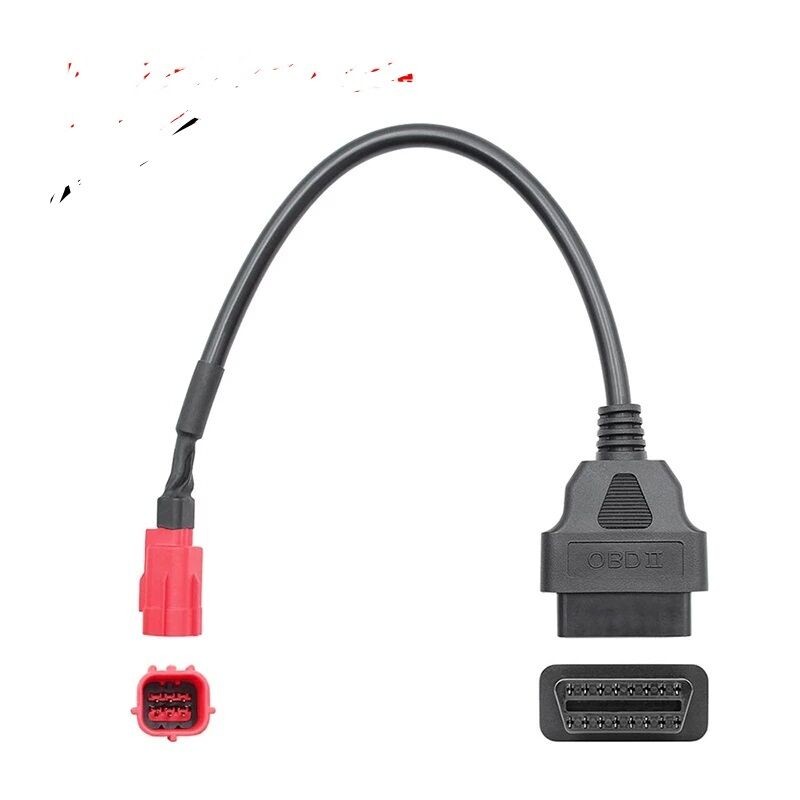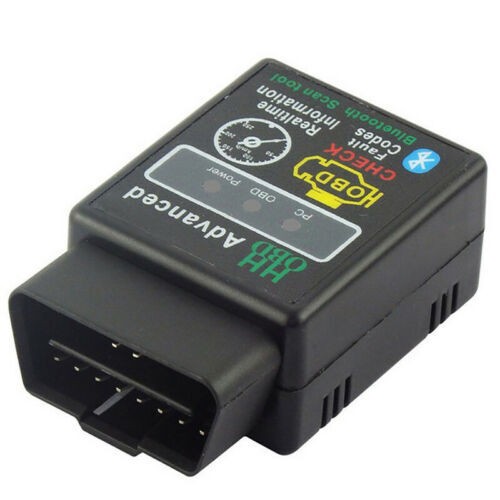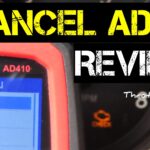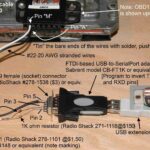Diagnosing issues on your modern Vespa scooter has become more accessible thanks to advancements in onboard diagnostics. Like cars, newer Vespa models utilize an OBD2 (On-Board Diagnostics version 2) system to monitor various aspects of the engine and electrical systems. When something goes wrong, the system generates error codes, which can be read to pinpoint the problem area. This guide will show you how to read these OBD2 codes on your Vespa, even if you’re not a professional mechanic.
To get started with reading OBD2 codes on your Vespa, you’ll need a few essential tools. Thankfully, these are readily available and won’t break the bank.
First, you’ll need an OBD2 adapter cable specifically designed for newer Piaggio group scooters, including Vespas. These scooters, even if classified as Euro 4, often use a ‘Euro5’ type plug. This plug is typically red and can be found under the pet carrier on the left side or in the battery compartment, depending on your Vespa model. Look for a “euro5 obd2 cable” online on platforms like eBay or Amazon. These cables are generally inexpensive, usually under $20. Don’t be concerned if the product description mentions Honda or Suzuki, as the plug compatibility is the key factor here.
 euro5 obd2 cable
euro5 obd2 cable
Next, you’ll need a device to interface with your scooter’s OBD2 system through the adapter cable. While you could use a dedicated OBD2 code reader, a more versatile and often cheaper option is an ELM327 Bluetooth adapter. This small device plugs into the OBD2 adapter cable and communicates wirelessly with your smartphone. Search for “ELM327 obd2” online; they are widely available for under $25.
 elm327 obd2 bluetooth adaptor
elm327 obd2 bluetooth adaptor
Finally, to interpret the data from the ELM327 adapter, you need diagnostic software on your smartphone. For Android users, a highly recommended and user-friendly app is CarScanner. You can find it on the Google Play Store by searching for “CarScanner” or “obd2”. iPhone users can find similar OBD2 apps in the App Store by searching for “obd2” or “elm327”.
Once you have these components, you’re ready to read the OBD2 codes from your Vespa. The process generally involves these steps:
- Locate the OBD2 port on your Vespa. As mentioned earlier, it’s usually under the pet carrier or in the battery compartment. Remove the protective cap from the port.
- Connect the Euro5 OBD2 adapter cable to the Vespa’s OBD2 port.
- Plug the ELM327 Bluetooth adapter into the other end of the adapter cable.
- Turn on your Vespa’s ignition but do not start the engine.
- Enable Bluetooth on your smartphone and pair it with the ELM327 adapter.
- Launch the CarScanner app (or your chosen OBD2 app).
- Connect the app to the ELM327 adapter. The app usually has a straightforward connection process, often involving selecting the ELM327 device from a list of available Bluetooth devices.
- Initiate a scan for error codes within the app. The app will communicate with your Vespa’s ECU and retrieve any stored fault codes.
- Read and interpret the displayed codes. The app will show the error codes, typically in a format like “Pxxxx”.
Understanding the OBD2 codes is crucial for effective diagnosis. Some OBD2 codes are standardized across all vehicles, while others are manufacturer-specific. Generally, lower numbered codes (possibly under P1000) tend to be standard. While the diagnostic app will provide an English description for the codes, these generic descriptions might not always be accurate for Vespa-specific faults.
For more precise Vespa error code definitions, refer to resources like the Aprilia forum (as Aprilia is also a Piaggio brand and uses similar Magneti Marelli ECUs) or, ideally, consult your Vespa’s workshop manual. Newer workshop manuals often contain detailed lists of error codes specific to your model. Websites providing access to workshop manuals can be invaluable resources.
By following these steps, you can effectively read OBD2 codes on your newer Vespa scooter, empowering you to understand potential issues and make informed decisions about maintenance and repairs. This DIY approach can save you time and money, and keep you more connected with your scooter’s health.

